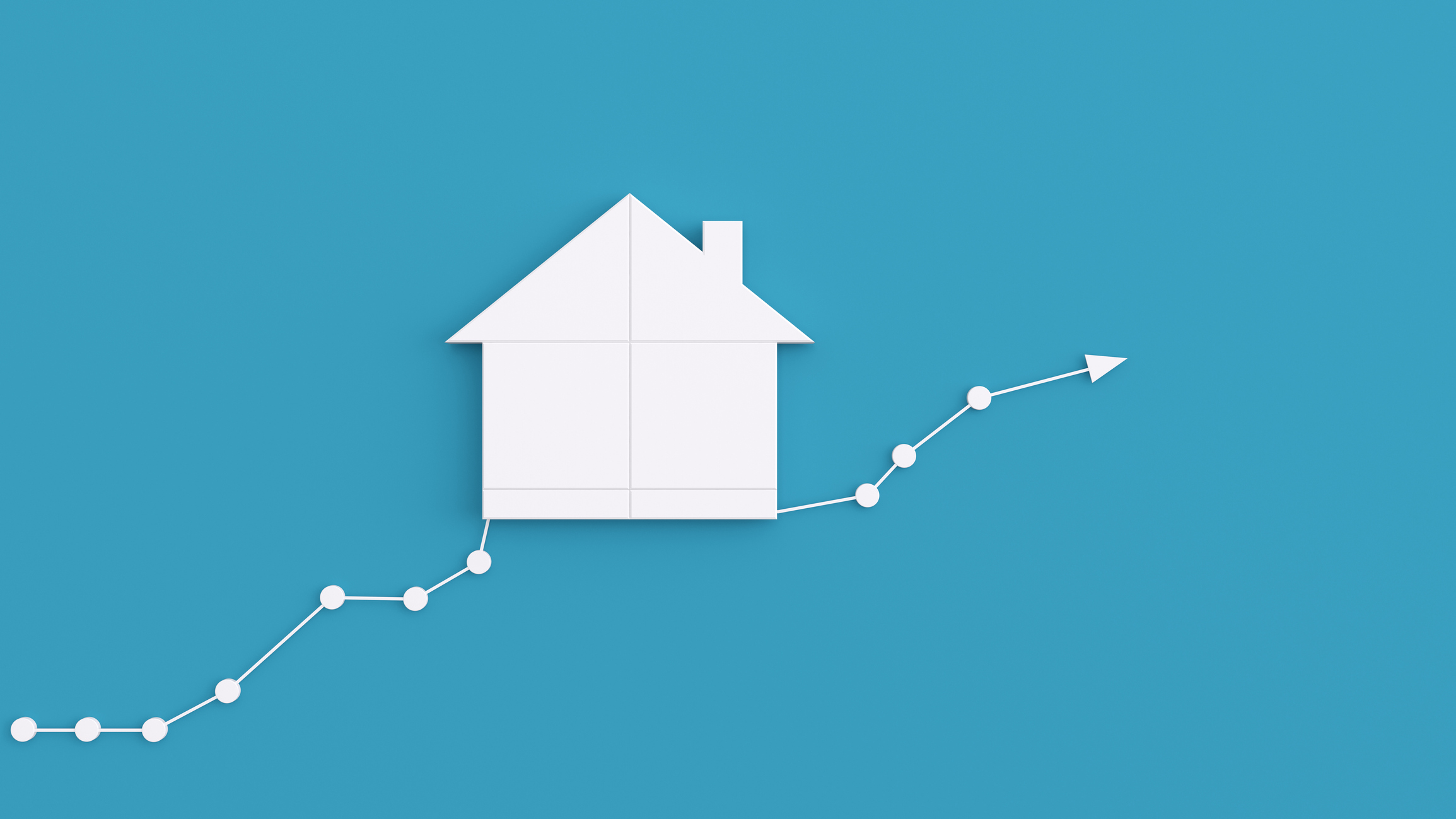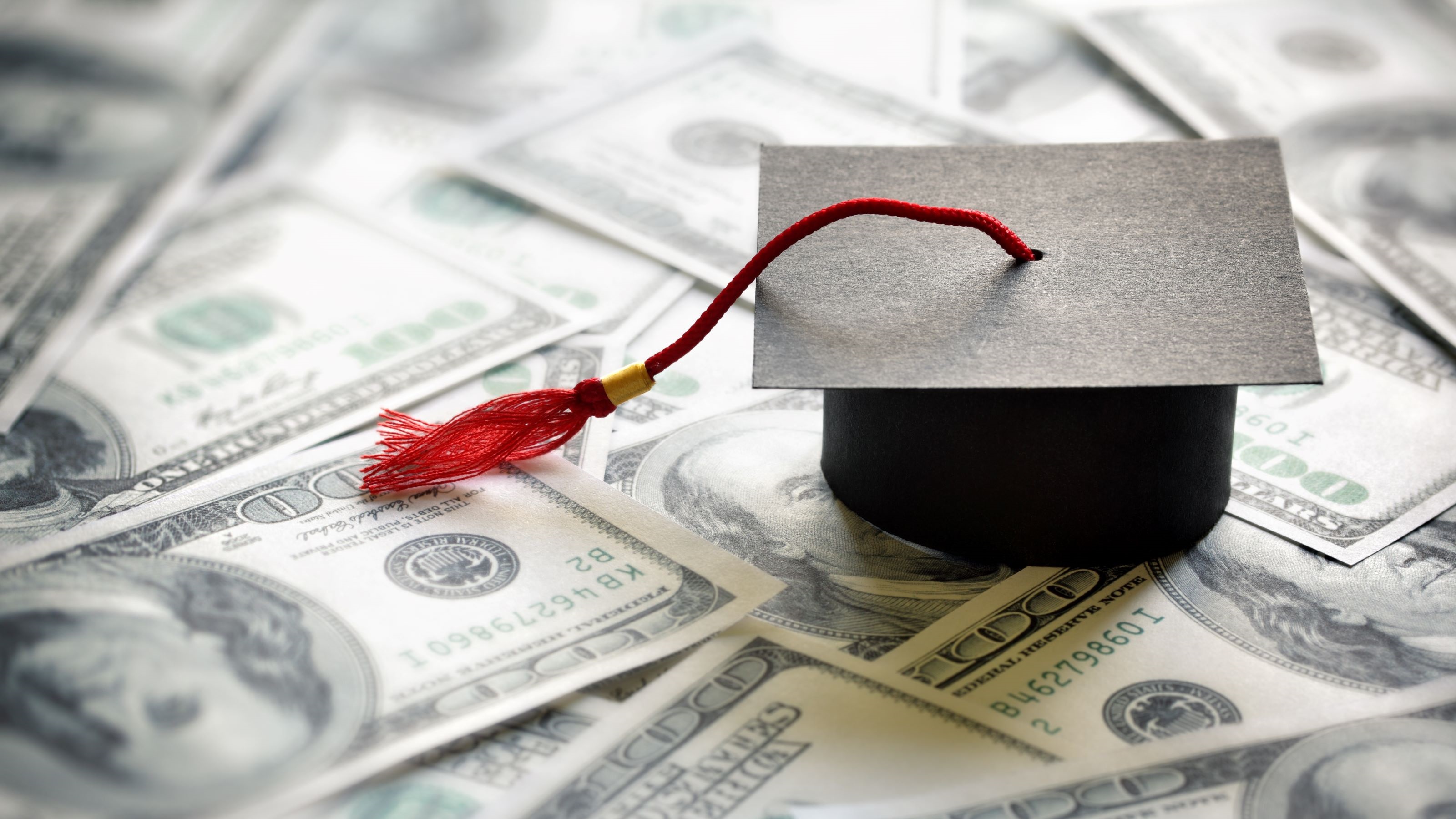Stafford Student Loans
Students can tap these federal loans, which offer low rates and flexible repayment terms.
Parents will probably remember these low-interest loans from their college days as Guaranteed Student Loans. These loans, made directly to students as part of their financial-aid package, have been renamed and split into two mirror-image loan programs.
- If the loan is a Federal Family Education Loan (FFEL), your child borrows from a bank, savings and loan or credit union, but the government acts as guarantor -- meaning that the government winds up reimbursing the bank if your son or daughter defaults.
- If the loan is a Federal Direct Student Loan (FDSL), your child borrows directly from the federal government (through the Department of Education).
You don't get to choose which loan program to borrow from -- if your child's school is one of the 1,300 or so participating in the Federal Direct Student Loan program, you get a government loan; if it's not, you get a government-guaranteed loan from a lender of your choice. You can't borrow through both loan programs in any one semester, but you could wind up with both kinds of loans if your child switches schools, or if the school enters or leaves the direct-loan program during your child's college years.
Loan terms
In any event, the loan terms, interest rates and fees for FFEL and direct loans are identical.

Sign up for Kiplinger’s Free E-Newsletters
Profit and prosper with the best of expert advice on investing, taxes, retirement, personal finance and more - straight to your e-mail.
Profit and prosper with the best of expert advice - straight to your e-mail.
The interest rate. The interest rate you pay on these variable-rate loans is adjusted every July 1. The rate calculation for loans disbursed after June 30 equals the rate on the 91-day Treasury bill plus 2.3 percentage points, with a cap of 8.25%.
Most Stafford loans disbursed prior to July 1, 1998, are calculated at the rate of the 91-day Treasury bill plus 3.1 percentage points. The rate on all Stafford loans cannot currently exceed 8.25%, regardless of when the loan was made.
Loan fees. In addition to interest, you pay up-front fees that total 4% of the amount of your loan. A 3% origination fee goes to the lender, and a 1% insurance fee goes into the guaranty fund that reimburses lenders for loans in default. Normally these fees are deducted from your loan balance, so from a $2,625 student loan, you really get a check for $2,520, leaving a small difference that has to come from some other resource.
Borrowing limits for dependent students
Most undergraduates are considered dependent students and can take out Stafford loans up to the following maximum limits:
- Freshmen: $2,625
- Sophomores: $3,500
- Juniors and seniors: $5,500
However, you can never borrow more than your school's cost of attendance minus any other financial aid you receive, so you may be eligible for less than the maximum. Over all of his or her undergraduate years, a dependent student can borrow no more than a total of $23,000 (which includes a fifth year or more, if necessary).
Borrowing limits for independent students
The maximum amounts an independent student can borrow in Stafford loans each year (including subsidized and unsubsidized loans, which are explained below) are:
- Freshmen: $6,625
- Sophomores: $7,500
- Juniors and seniors: $10,500
An independent student can borrow up to $46,000 during all his or her undergraduate years. Graduate students can borrow up to $18,500 a year, up to a maximum of $138,500, including their undergraduate Stafford loans.
Subsidized or unsubsidized?
FFEL and Federal Direct student loans may be subsidized, meaning that the federal government pays the interest while the student is in school, during the six months after graduation, and during any period during which the student can defer payments (such as during graduate school). Four years of interest-free borrowing is the best deal going in student loans, so if you qualify for a Stafford loan based on financial need, don't pass it up. The aid packages you receive from the schools will tell you whether you qualify for a subsidized loan.
If not, you'll be offered an unsubsidized Stafford loan, which means that the interest clock begins ticking as soon as your child takes out the loan, even though he or she can defer making payments until after graduation. Unsubsidized loans are available to students regardless of need.
If you have financial need that's less than the annual loan limit, you might be offered a small subsidized loan and an unsubsidized loan. A college junior with just $2,000 of need, for instance, might be offered a $2,000 subsidized Stafford loan as well as a $3,500 unsubsidized Stafford to help cover the family's expected contribution to college costs. (The overall Stafford-loan borrowing limit for college juniors who are dependent students is $5,500.)
Unless you've had a sudden windfall that's going to cover the bills (wouldn't that be nice?), you should always accept the subsidized loan. Before you accept an unsubsidized Stafford, however, compare the costs against other sources of borrowing. If you can borrow at something less than 6%, using a home-equity loan, for instance, you might want to pass up the unsubsidized Stafford. Bear in mind, though, that usually the student takes out and repays a Stafford loan, while a home-equity loan would be your responsibility -- even if you worked out an arrangement for your child to reimburse you later.
Incidentally, if you would prefer that the debt be yours rather than your kid's, you still shouldn't pass up a subsidized Stafford student loan. Let Uncle Sam subsidize the interest for four years; then help your child with the payments if you want to relieve him or her of the debt burden.

When You're Ready to Apply
How to Choose a Stafford-Loan Lender

Get Kiplinger Today newsletter — free
Profit and prosper with the best of Kiplinger's advice on investing, taxes, retirement, personal finance and much more. Delivered daily. Enter your email in the box and click Sign Me Up.
-
 Before You Invest Like a Politician, Consider This Dilemma
Before You Invest Like a Politician, Consider This DilemmaAs apps that track congressional stock trading become more popular, investors need to take into consideration some caveats.
By Ryan K. Snover, Investment Adviser Representative
-
 How to Put Together Your Personal Net Worth Statement
How to Put Together Your Personal Net Worth StatementNow that tax season is over for most of us, it's the perfect time to organize your assets and liabilities to assess your financial wellness.
By Denise McClain, JD, CPA
-
 What To Know if You’re in the Market for a New Car This Year
What To Know if You’re in the Market for a New Car This YearThe Kiplinger Letter Buying a new car will get a little easier, but don’t expect many deals.
By David Payne
-
 Will Lower Mortgage Rates Bring Relief to the Housing Market?
Will Lower Mortgage Rates Bring Relief to the Housing Market?The Kiplinger Letter As mortgage rates slowly come down here's what to expect in the housing market over the next year or so.
By Rodrigo Sermeño
-
 Car Prices Are Finally Coming Down
Car Prices Are Finally Coming DownThe Kiplinger Letter For the first time in years, it may be possible to snag a good deal on a new car.
By David Payne
-
 New Graduates Navigate a Challenging Labor Market
New Graduates Navigate a Challenging Labor MarketThe Kiplinger Letter Things are getting tough for new graduates. Job offers are drying up and the jobless rate is increasing. Are internships the answer?
By David Payne
-
 When's the Best Time to Buy a Domestic Flight? The Kiplinger Letter
When's the Best Time to Buy a Domestic Flight? The Kiplinger LetterThe Kiplinger Letter A new study by CheapAir.com has crunched the numbers.
By Sean Lengell
-
 Woes Continue for Banking Sector: The Kiplinger Letter
Woes Continue for Banking Sector: The Kiplinger LetterThe Kiplinger Letter Regional bank stocks were hammered recently after news of New York Community Bank’s big fourth-quarter loss.
By Rodrigo Sermeño
-
 Anxious Flyers Take Note: The Kiplinger Letter
Anxious Flyers Take Note: The Kiplinger LetterThe Kiplinger Letter Whether it's the routes to avoid that have the most turbulence or the safest airline, we've got you covered.
By Sean Lengell
-
 The Auto Industry Outlook for 2024
The Auto Industry Outlook for 2024The Kiplinger Letter Here's what to expect in the auto industry this year. If you’re in the market for a car it won’t be quite as daunting as it was during the pandemic and after.
By David Payne